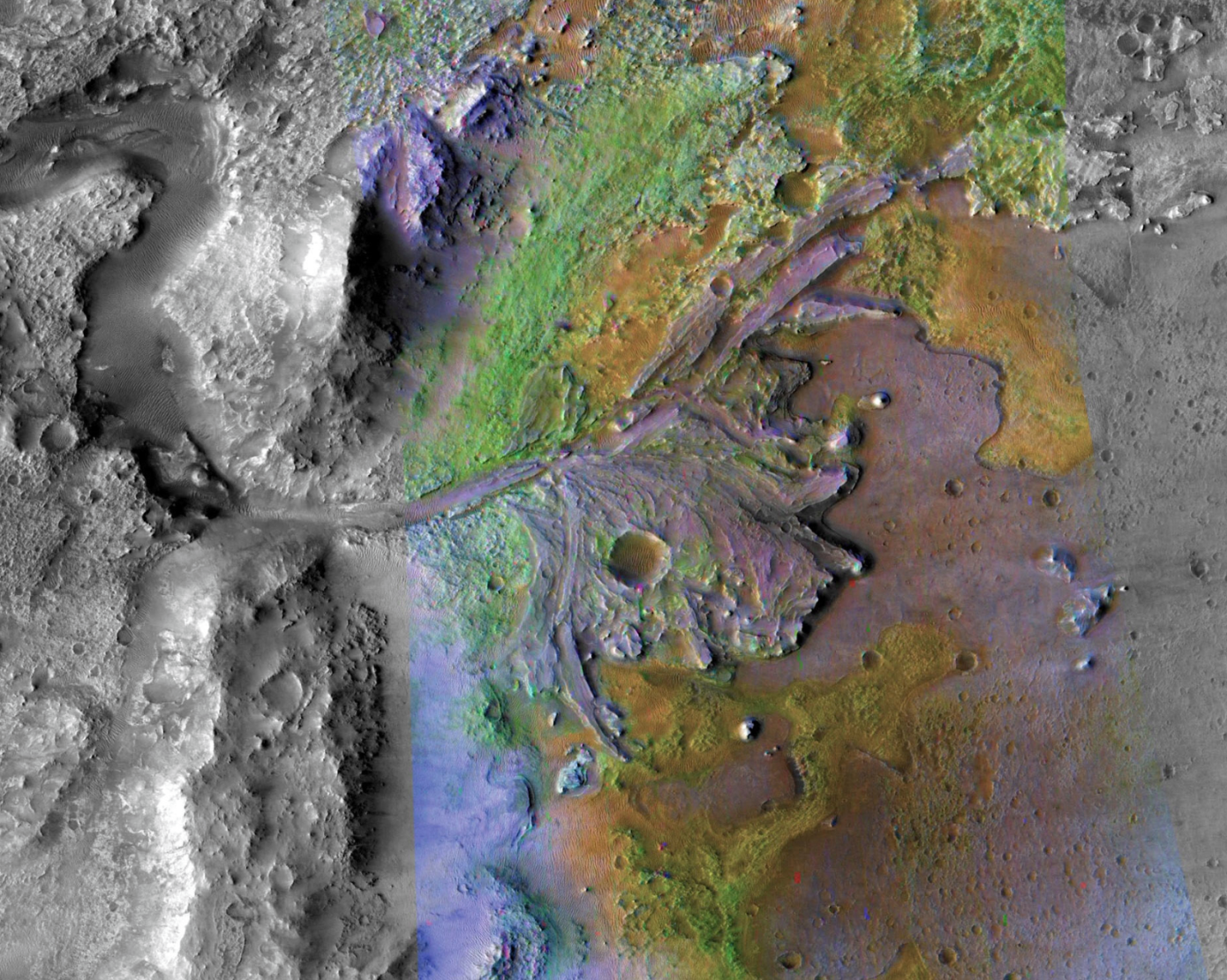As the summer season starts to make its appearance, temperatures around Australia are already breaking dangerous records, with scientists warning that if things don’t change and climate doesn’t cool down, certain cities are at risk of becoming unviable in the next few decades.
A good example of this is the city of Hobart, that recorded six consecutive days with temperatures rising over 26C, something that hadn’t occurred for the past 130 years.
And things are even worse in Darwin, with some surfaces already being as hot as 70C.
The humidity only serves to make matters worse as the so-called ‘build-up’ season nears its close.
Greek Australian professor of high performance architecture at the University of NSW Mattheos Santamouris is looking into ways to lower the temperatures, especially in the CBD, as the atmosphere becomes “oppressive” as he describes it.
“The focus is often on the global impact of climate change, but we also need to understand what is happening at a local level, in our own cities,” Prof Santamouris told news.com. “If we can’t find a way to make our cities cooler, they will eventually become uninhabitable.”
Last August, a research was conducted with the initiative of the local government in order to find which parts of the city were the hottest, with the help of a dedicated ‘energy bus’ and drones.
The results of this investigation showed that mainly streets, roofs and parking lots give off the greatest amount of heat, raising the temperature of the surrounding areas as a result.
“Black surfaces like bitumen absorb high amounts of solar radiation leading to high surface temperatures,” explained Prof Santamouris. “A material of around 70C may heat the air by 3C.”
In researching ways to bring down the temperature, Prof Santamouris recommends the use of asphalt that doesn’t absorb heat.
“In Darwin, you have overheating because there’s too much bitumen and not enough greenery,” he added.
However, even the use of wildlife can only do so much once temperatures start entering the ‘red’ zone and the dampness starts kicking in.
Source: neoskosmos








































